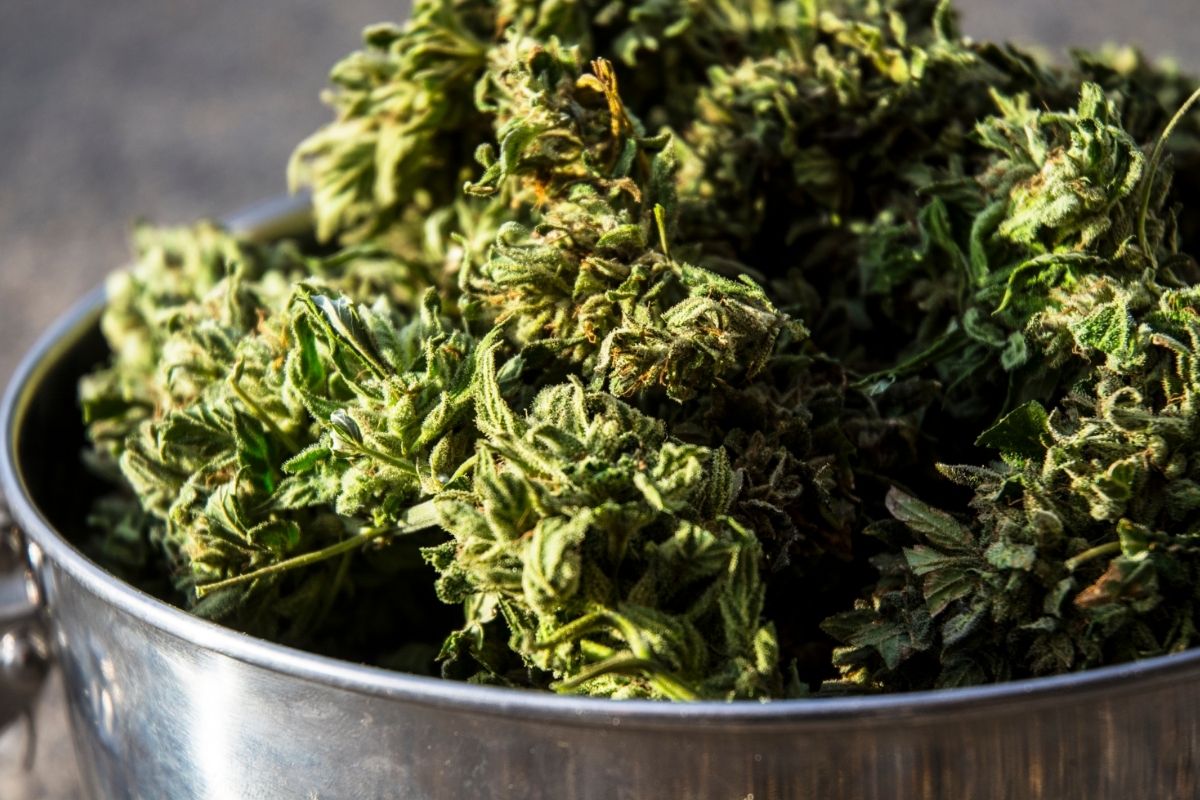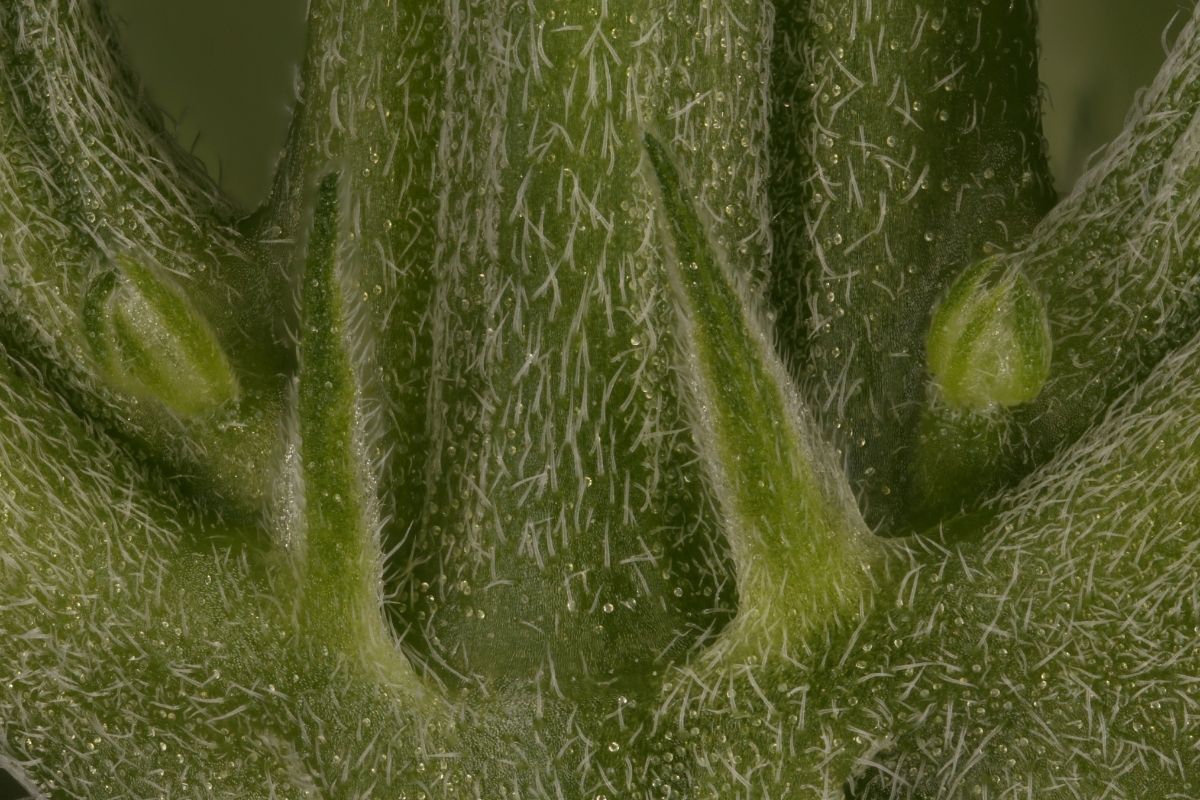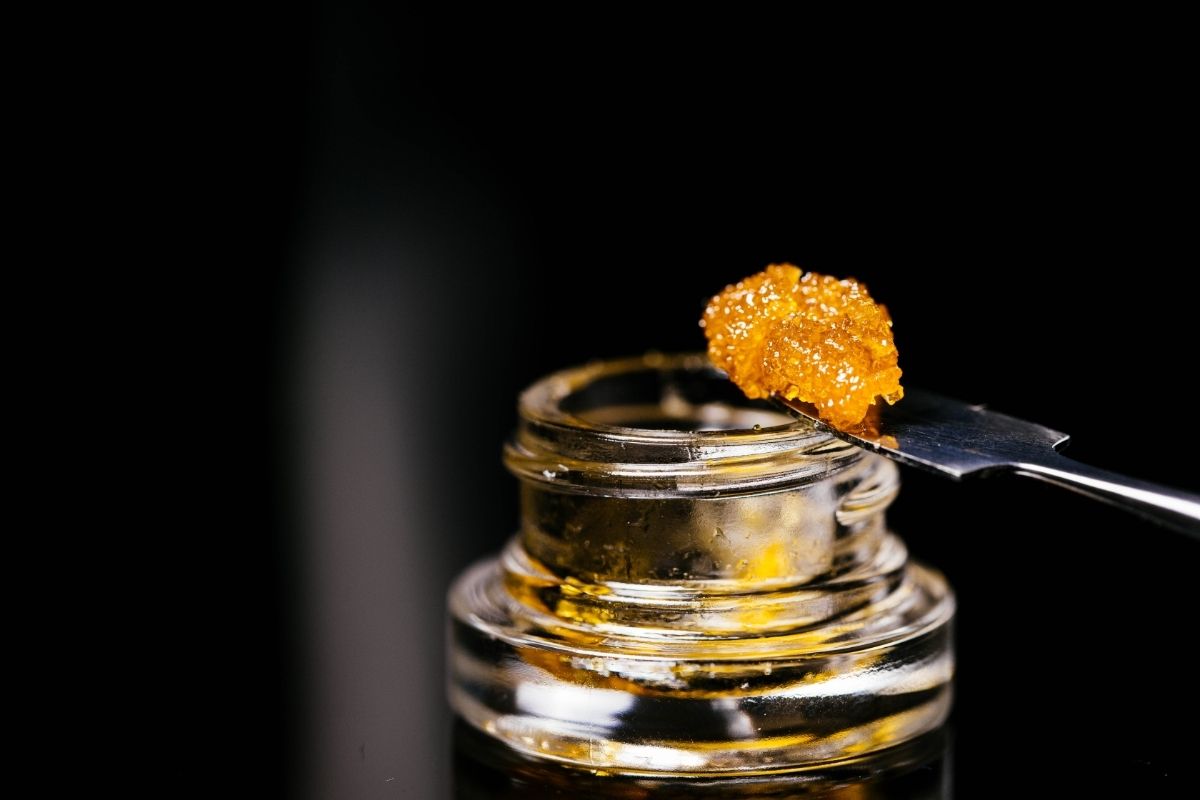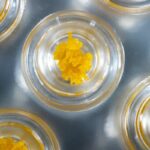Your summer project this year might be to start your own home marijuana grow. You may know some of the basic elements, and even have experience in horticulture.

If so, your plant may be ready to harvest, but horticulture experience doesn’t prepare you all too well when it comes to the harvesting and optimization of the potency of the plant as well as its aesthetic features.
Well, the drying and curing process, something you may associate with preserving meats rather than any horticultural practice, is actually one of the most pivotal parts of honing the potency of your bud.
Without a proper curing and drying process, your weed just won’t be as strong or tasty as you like.
Even with a detailed explanation, the drying and curing process is something that requires anecdotal experience to draw from and is something that will become better the more you do it as you start to notice more nuances as the buds change over this time.
In any case, even the most rudimentary drying and curing process is going to increase the THC content, and thus potency, of your marijuana, in comparison to not doing anything.
So we recommend giving our guide a read to make your growing process truly effective.
As without a potent THC content, your weed becomes purely aesthetic like a flower, without its medicating properties. Read on to learn more about the drying and curing process and why it is important.
The Botanical Reasons Why Drying And Curing Is Necessary
The first step to making your weed better is to understand the cannabis plant at its core, and this is never more true than with the drying and curing process. Here’s a brief overview of why this is such a necessary process to undertake.
When your marijuana has been growing, you have, of course, been feeding it water. This water is held in the flower bud in order to grow it, a normal botanical process.
So when we harvest marijuana at its peak growth, these buds will still be somewhat saturated with water.
In a logistical sense, smoking ‘wet’ marijuana isn’t going to work or be enjoyable.
But more importantly, the evaporation or condensation of this water is ultimately what will create the crystals of THCA we need to combust in order to create THC, as well as specific changes in temperature.
What Are The Benefits Of A Proper Drying And Curing Process
Controlling the formation of these crystals of THCA is ultimately what will make your bud more potent. All growers should treat this optimization of potency like yield, the potency you get from your cannabis, the more you are getting out of the plant.
Cannabis that is badly cured and dried will have low THC content and be relatively worthless.
Cannabis which has been cured and dried with the correct process will be higher potency. In other words, the THC content will be much higher, and you will get more high, which is the main purpose of marijuana.
Moreover, correct drying and curing will also mean the flavors of marijuana will be more pronounced; your ‘Lemon Haze’ will be that little bit more ‘lemony’ in scent and flavor thanks to the maturation of the terpenes thanks to this process.
Similarly, the buds will grow those amber hairs we associate with high quality buds, the ‘frosty’ look we all love is thanks to the maturation of crystals in this process, and that cannabis stank we all love is also thanks to this process.
It should be clear that high quality marijuana and a proper curing and drying process go hand in hand. If you want to achieve the quality of the top shelf bud you see in your local head shop, this process is pivotal.
How To Dry Marijuana At Home
Once you have harvested your marijuana as they have reached the optimal size and maturity you expect of the specific strain you are growing, this is when to start the process, almost immediately.
You will notice your fresh marijuana buds will be a little squishy and feel wet, as we pointed out this natural thanks to you feeding them water. As we made clear, now we need to dry them out.
Trimming
The first step of the drying process is to trim the external leaves as well as stems. This is what is termed ‘trim’ or ‘shake’ and are the less desirable parts of the plant for smoking purposes, but can still be used elsewhere for edibles, etc.
The most important part of this trimming process, as well as the general drying and curing process, is recognizing that you will sacrifice around 75% of the overall weight of your initial harvest thanks to losing water weight as well as this trimming process.
There are two ways to approach the trimming process, a ‘dry trim’ or a ‘wet trim’.
A wet trim is a process where you trim the buds while they are still wet, essentially straight after harvest.
Some growers find that removing the external leaves and stems and starting the drying process with the buds already groomed allows for them to retain their shape better in the long run. Different growers will dispute this and have different preferences.
A dry trim, being the inverse, is simply when the trimming process is saved until the buds have gone through an initial drying process.
Some growers prefer this as they can use the ‘shake’ or ‘trim’ for other purposes such as in edibles, these parts of the plant also contain THC in lower levels.
Drying
So you initially want to have a relatively long drying process. You want to evaporate a good majority of the water from your bud, but drying it for too long can cause irreparable damage to the potency and THC crystals.
As we mentioned at the beginning, this is a process you will tighten up over time and isn’t so easy to provide an exact amount of time that buds should be dried for, you will get a knack for what works and what doesn’t as you understand your climate and its effect on the drying process.
For instance, if you have undertaken a ‘wet trim’ then the buds will dry more quickly as there is less plant material to dry and thus less water to evaporate.
The drying process can take anywhere from 2 to 7 days, so here are some telltale signs you should consider when evaluating the ‘dryness’ of your harvested marijuana.
The main consideration that most growers rely on is the dryness of the stem, the pipelines the water runs through as it grows, metaphorically. If you can snap the stem, rather than bending it, the bud should be at the correct level of dryness.
The actual bud, in an ideal situation, will still be a little moist on the inside but the exterior and stem is dry.
You will know this is too far when this snap is a bit exaggerated and the stems become very brittle and dry, it should be obvious. When your marijuana buds are too dry, they won’t cure correctly.
Some growers suggest these humidity packs can bring your bud back to life, but this is a last resort. Exceeding a week of drying isn’t recommended.
In order to dry, you ideally want to keep your buds in a dark room with temperatures of around 60-70 degrees Fahrenheit and a humidity of around 55-65%.
If you really want to get scientific rather than using your best judgment, the latter growing your skills in the long run, a hygrometer, not to be confused with a hydrometer, can measure humidity for you.
A common practice you can easily do at home to achieve the best quality drying process is to hang your buds upside down from a line, like an indoor washing line for marijuana.
Hanging them like this allows them to form shape naturally, rather than being potentially compressed by gravity. Hang longer stems of multiple buds in order to save space.
How To Cure Marijuana At Home
Curing is a term you may recognize from the food industry, but operates in a much different way. Meat and fruit is cured in order to preserve it and make it last longer.
Whereas, marijuana is cured in order to increase the potency and desirable elements of the marijuana. With that said, well cured marijuana will last for potentially two years in an airtight container.
Put generally, the curing process is undertaken after the previously stated requirements of dried buds have been met. With this last amount of moisture, we can use it to crystallize the THCA crystals as well as optimize other desirable elements.
The ‘dried’ marijuana is ‘cured’ by moving it in and out of a vacuumed environment.
Once your bud is dry, split the buds up, so they aren’t all on one long stem, but independent from each other and store them in some form of airtight container.
The best choice for home curing is a quart mason jar which you can buy anywhere for pretty cheap, in the worst situation use a large ziploc bag which can remain airtight.
One important thing to consider when storing the marijuana for curing is not to pack them up too tight, leave them some room to breathe and cure.
Once they are packed up, all you need to do is monitor them and burp them when necessary. ‘Burping’ simply means opening the jars for a short period to let old air out and new oxygen in. It helps ward off mold.
Once you have first put the marijuana in jars, leave them for at least four days before giving them their first burp. After this initial week, try to reduce this period between burps until in the final weeks you are burping every day.
The curing period could last anywhere from 2 to 4 weeks.
When you are greeted with that recognizably pungent weed smell we all recognize, you know your bud will be cured properly. You should see amber hairs on the marijuana as well as deep crystallization on the surface.
If you really wanted to measure the buds’ potency, you can use a THC reader, but these aren’t so readily available.
Final Thoughts
Drying and curing is a process that can be hard to get right. By spending money on equipment, you can make this easier on yourself, but there is nothing like the cruel mistress of failure to make you a better cultivator of marijuana.
Using your eye and nose is key in the curing and drying process, using these tools will ultimately make you a better weed grower over time, rather than relying on equipment.
What should be clear, is that the curing and drying process is one of the most pivotal in order to get the most of your marijuana.
Frequently Asked Questions
Can Light Affect Marijuana?
Yes, light can degrade the terpenes in your marijuana. The terpenes are required in order to develop flavor and smell as well as other medicinal properties of the flower.
Either keep the lights off in the room you are curing and drying, or keep them in a container which keeps the light out.
How Long Can Cured Marijuana Last?
In the right conditions, and when well cured, marijuana could last up to two years in an airtight container. As long as mold is prevented from entering their container.
How To Tell When Your Marijuana Has Gone Moldy?
The period you should look out for mold is when you are burping the jars or containers. If you are greeted by any smell that isn’t marijuana, fresh or cured, you are in trouble.
A smell like ammonia is often what follows mold, when your bud doesn’t smell like it should and doesn’t smell like a plant, it can be a serious indicator of mold.
- Quotes From The ‘Reefer Madness’ Period That Show How Far We Have Come - May 17, 2022
- 10 Tips On How To NOT Smell Like Weed - May 17, 2022
- Tropical Punch Strain Review: Everything You Need To Know - May 17, 2022








